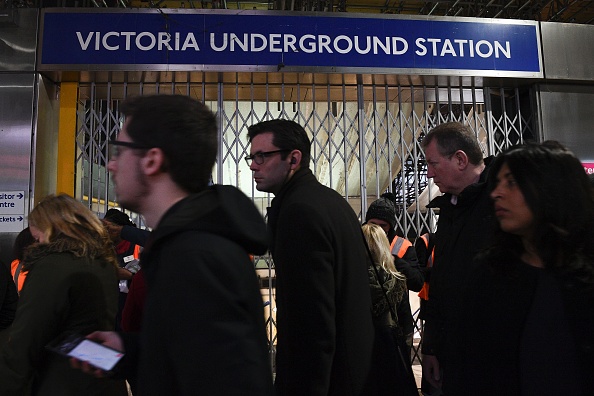All aboard another year of fighting over low-traffic neighbourhoods and e-bikes

Low Traffic Neighbourhoods and e-scooters will impact how we get around in London – and with transport strikes still making the headlines, it’s going to be a rather interesting year, writes Claire Harding
London transport is no stranger to delays and disruption, but it’s been nearly three years of pandemic-related problems and ongoing strikes. It’s tempting to hope for some kind of return to normal, but we’re still in for quite a ride.
It’s not just Teslas dominating the electric car market and that means they’re not only the purview of the extremely wealthy. Last year, there were 40 per cent more electric-powered cars on UK roads than in 2021. There will be increasing pressure to deal with the question of fuel duty and who pays to upkeep our highways if fewer people are relying on petrol. But in London especially, where the Ultra Low Emissions Zone has been expanded, a swap to something like road user charging could be based on pay-per-mile in the second half of the 2020s, rather than slapping everyone with the same charge when they hit the boundary.
Last year, Sadiq Khan and Downing Street went toe-to-toe on continued funding for Transport for London. Any changes to how we pay for our roads will likely also kick off significant debates about whether it should be run by central or local government, what it should cost, and how it should operate.
The ULEZ expansion is in itself highly charged. The current boundary at the North and South Circular will move to cover the whole of London. This is in part because it means it will run through Conservative-run boroughs which tend to disagree with Khan, the Labour mayor. There was similar opposition to the introduction of the Congestion Charge nearly 20 years ago, and to the inner London ULEZ in late 2021, but once they were in place the debate died down fairly quickly.
Low Traffic Neighbourhoods, the culture war of the Nextdoor app, will also impact how we get around. School streets – which restrict traffic at pick up and drop off time – have been less controversial. Play streets, where a road shuts for a few hours to make space for kids to play games, scoot or ride bikes, have been growing in popularity too. Learning from this, councils will focus their traffic reduction strategies on protecting pedestrians and children: we’ve already seen this in Lambeth’s kerbside strategy, which aims to reduce pavement parking to make more space for play and active travel.
Another contentious issue for the neighbourhood groups is e-scooters, now visible in much of London. Cycling increased post pandemic and electric bikes have made cycling to work easier frankly because it means you barely have to break a sweat. Santander Cycles even now have their own e-bikes scheme. But without big improvements to bike lanes, especially on the non-commuter routes between different parts of outer London, it will remain a minority option or one commuters keep in their back pocket for strike days.
And strikes, of course, are not over. The tubes, trains and buses will continue to be disrupted.
Whether they will continue for the rest of the year will depend on how fast inflation falls. The government has steadfastly refused to meet pay demands of the transport unions, for fear of pushing inflation even higher. At the same time, the mayor will have to decide how much to raise bus and tube fares from the spring – there will be huge financial pressure to match the national rail fare increase of 5.9 per cent. This, of course, will be bitterly opposed by Londoners under real financial pressure themselves.
So, you need some good news? The new entrance at Bank is finally set to open this year, meaning there’s 40 per cent extra capacity for anyone hopping on the Northern Line.